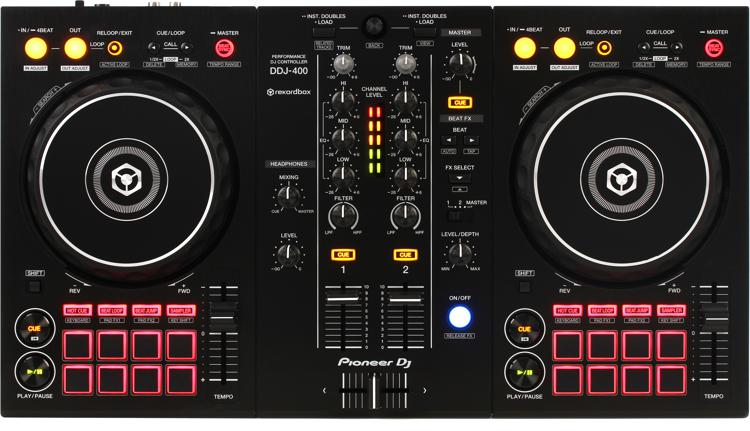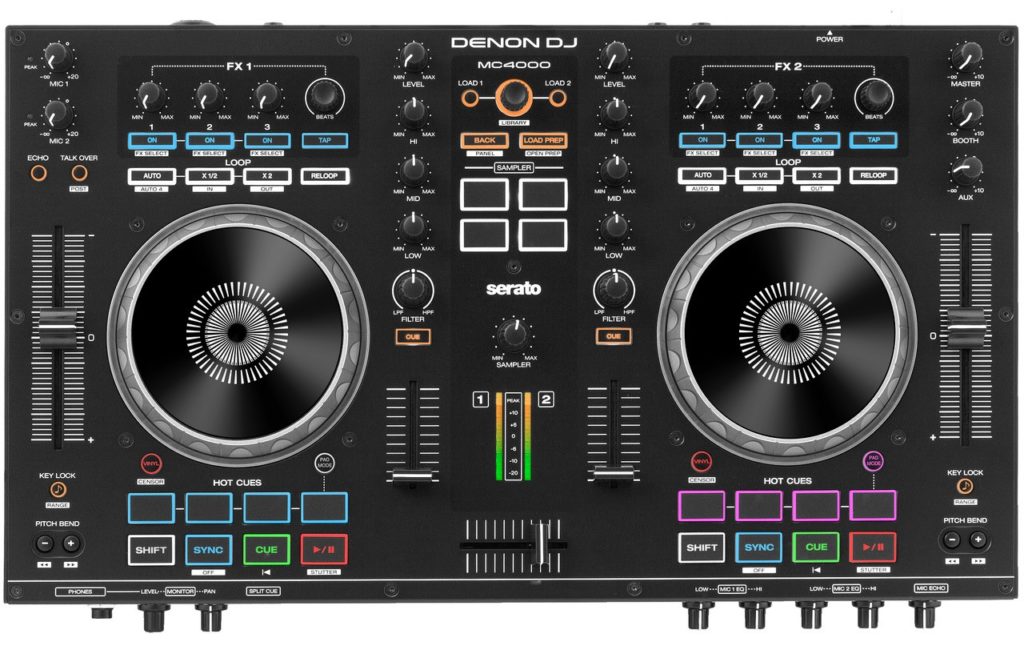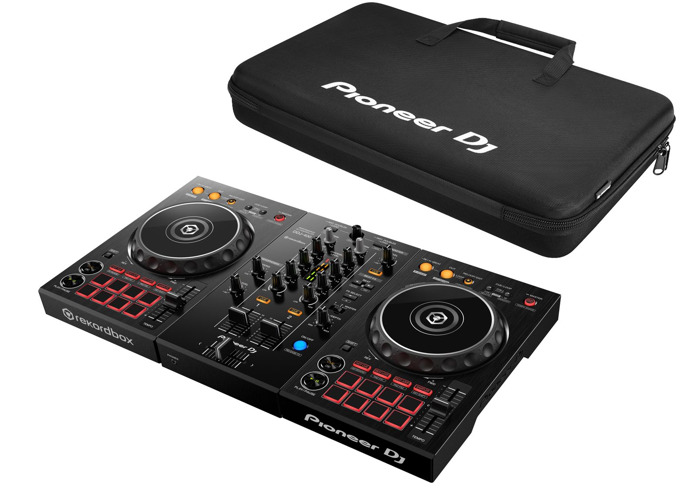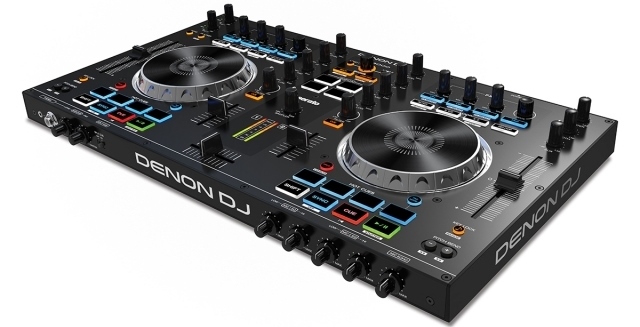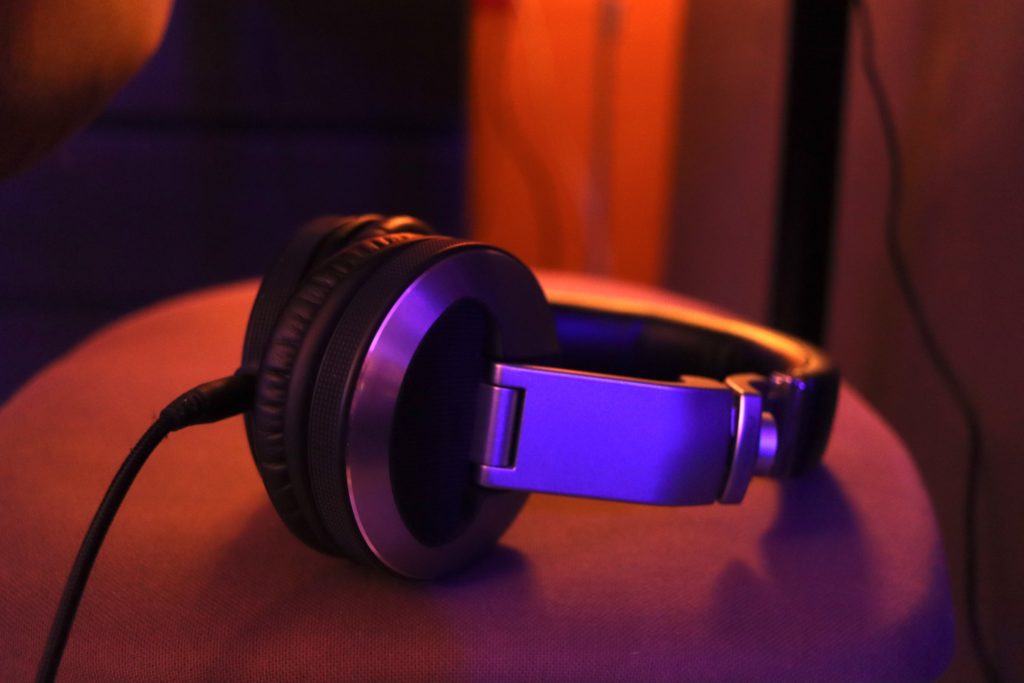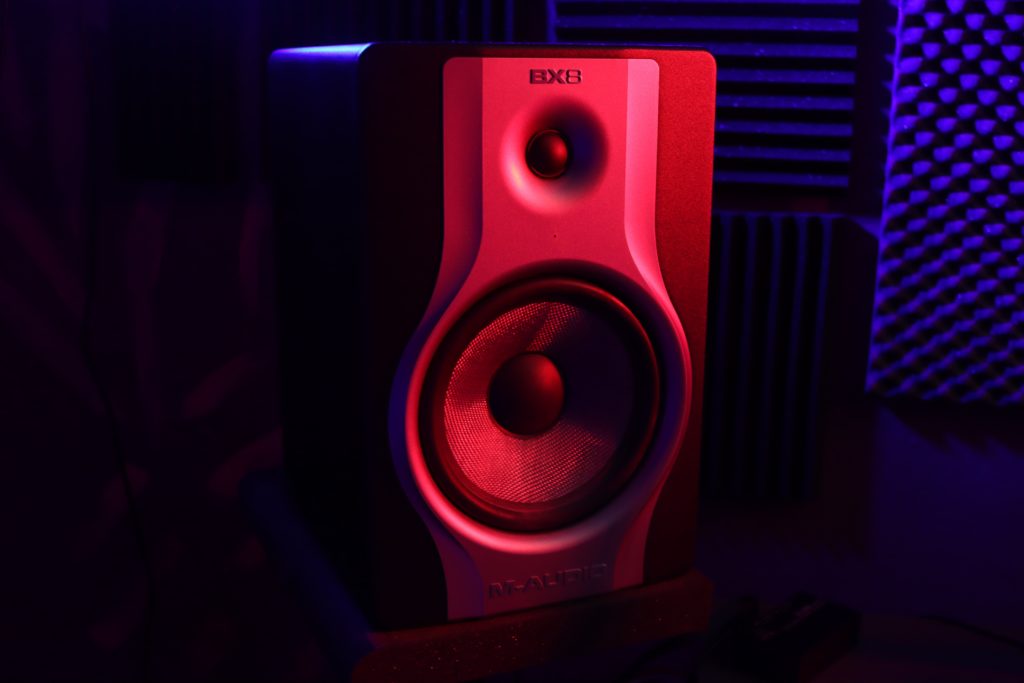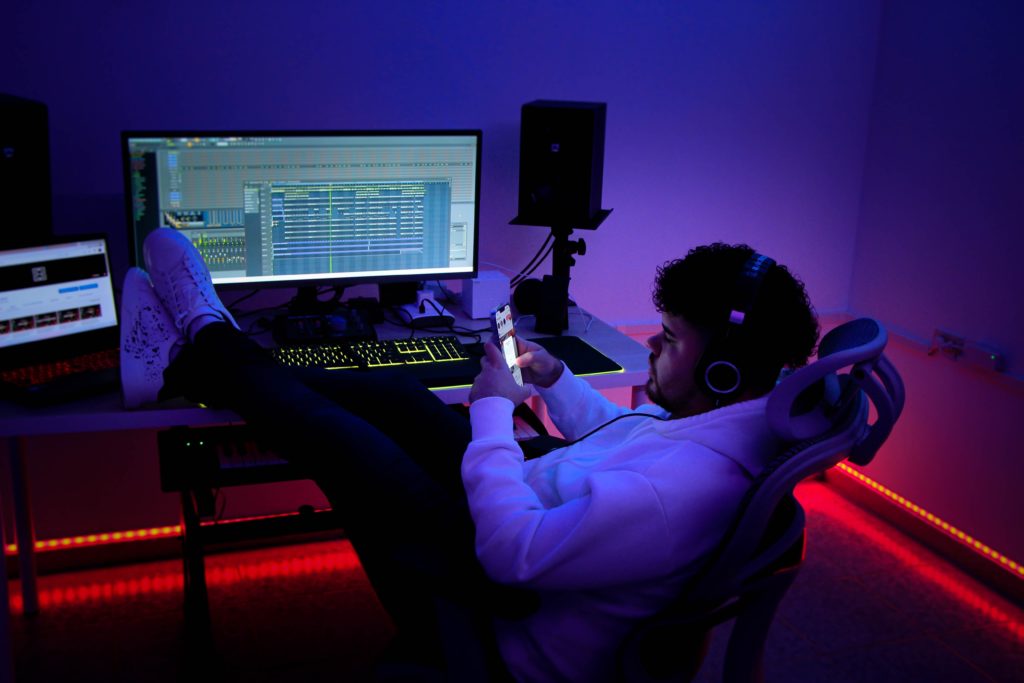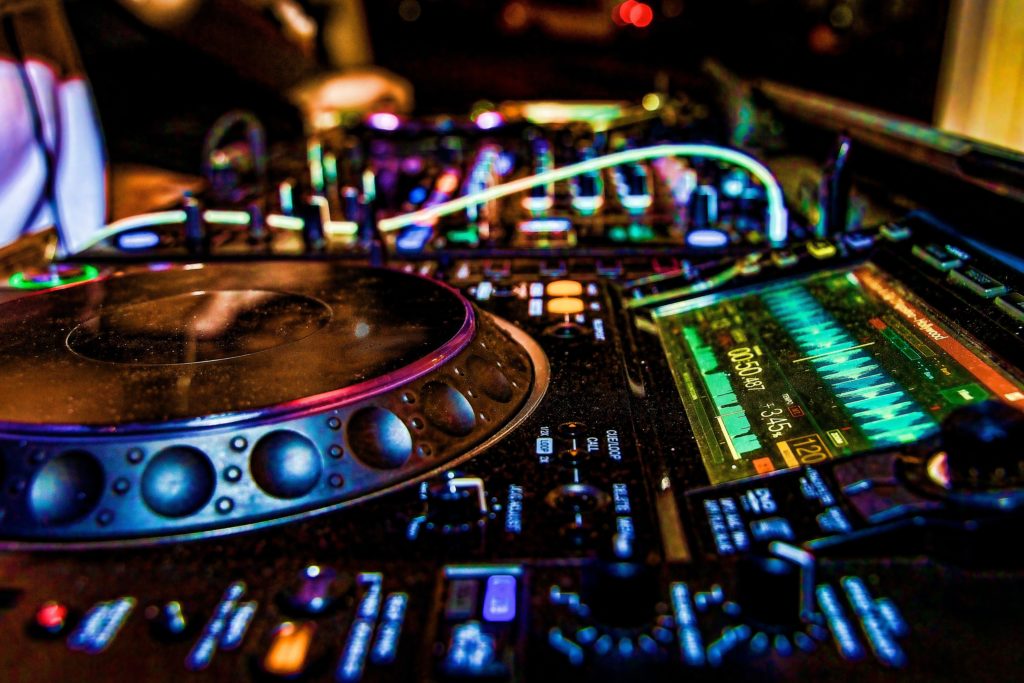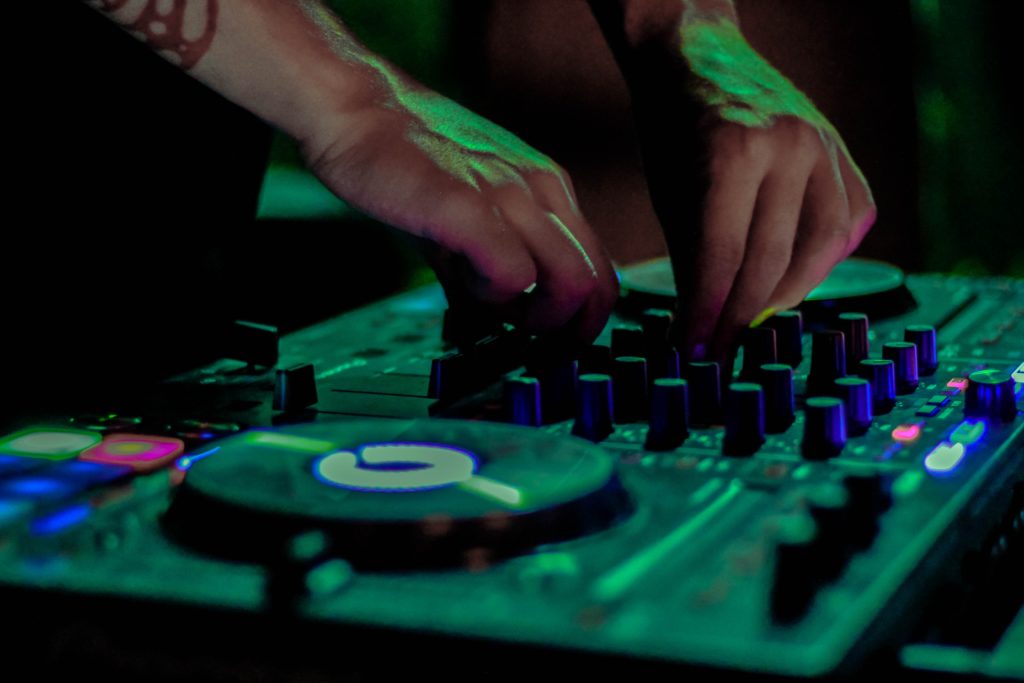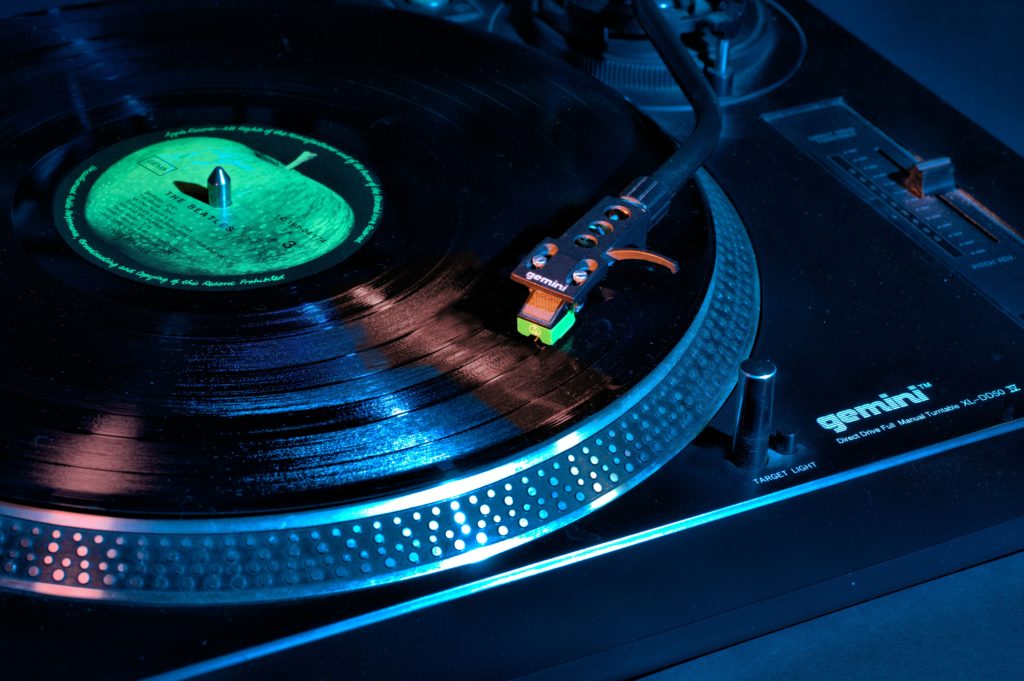Pioneer DDJ-400 vs Denon MC4000: Which is better?
We’ve had a few of you hit us up about beginner-friendly DJ controllers in recent weeks, especially when it comes to choosing between Pioneer’s DDJ-400 and Denon’s DJ MC4000. In all honesty, both are a good choice for anyone starting out, however, we thought we’d go into the basic differences between each one to help you determine if either would make a good fit for your setup and needs.
Note: if you’re already sick of reading reviews and still can’t make your mind up about which one you want to get after reading this – don’t feel shy to take a look at our best DJ controllers for beginners and professional DJs to help widen your options. There’s an entire world of other solid, affordable, high-performing controllers out there that might be a better solution for you altogether.
Differences
Pros
- The DDJ-400 still has more features and is closer to club-standard
- Tons of bells and whistles to play with and extensive mixing capabilities
- Cheaper than the MC4000
- DJs have the opportunity to get familiar with Rekordbox before transitioning to CDJs or XDJs
- Ideal for beginners
Cons
- Doesn’t work with Serato
- Feels less professional than the MC4000
Pros
- Professional build quality that feels weighty and built to last
- Upgradable to Serato Pro package
- Supports all MIDI mapping software
- Ideal for mobile DJs
- Individual high and low EQ controls for the mic inputs and great 24-bit soundcard
Cons
- Doesn’t work with Rekordbox
- Less performance features, cues and FX
Which Do We Recommend?
In all honesty, we are equally big fans of both of these controllers; each one is a prime example of modern turntable engineering done right in our eyes, and either one will work cohesively in your bedroom setup or home studio. However, both pose their own pros and cons in different ways too, and it really comes down to personal preference and use as to which one suits you best. So let’s sum them up in more detail:
First of all, Pioneer are literally the pioneers of DJ equipment and have been for decades. CDJ2000s and upwards are found in practically every dance venue around the world these days, and are the go-to choice for most professional DJs and club owners. You’d be hard to come by a product that can match the efficiency and reputation of pioneer, but this doesn’t make the DDJ-400 a perfect option for everyone.
Price & Durability
The gear is traditionally sold with hefty price tags; even second hand. But unlike a lot of all-in-one DJ solutions, you get what you pay for and the DDJ-400 is a piece that will give you a reasonably decent shelf life. The MC4000, on the other hand, may lack features but it’s a controller made from materials that feel built to handle a warzone – so it could be better for those who don’t want to upgrade their setup for a while.
Features & Use
Like the MC4000, the DDJ-400 sports a colorful interface with 2 jogwheels, an essential EQ board, faders, headphone and mic inputs, plus some cool mixing and performance effects such as beat looping, sampler, 8 pad FX, hot cues and a keyboard – all of which can be easily mapped to work with your software. As the whole unit is modeled on the DDJ’s predecessors, you don’t get that feeling like you’re playing on a toy with the jogwheels. All the pads, gains, and buttons feel responsive to the touch.
Compatibility & Layout
In terms of compatibility, the DDJ-400 includes a free licence key for their highly-acclaimed Rekordbox software. It also works with Djay Pro, Traktor, Virtual DJ and the majority of other third party mixing softwares with the right drivers. The only thing that lets it down in this department is the fact you can’t connect to Serato, but if you’re a beginner and not looking to learn scratching, etc – this shouldn’t be too much of a problem. The controller is bus-powered and works with both Windows and all Mac O/S.
Denon is a worthy and renowned competitor of Pioneer. The company has been on the DJ circuit for almost 20 years, so you’d expect them to know a thing or two about what us musical consumers want to see in a setup. The MC4000 certainly lives up to the standard for a great entry-level controller, and sports some exciting features that are perfect for long DJ sets at weddings and events. There are, however, a few things that let it down on the features and basics side, which we’ll delve into shortly.
Price & Durability
Not only is the MC4000 built from strong materials and a thick outer shell comprising of steel top layers, metal chassis and a plastic bottom and sides, it certainly feels professional and is a real pleasure to play on. It gives you that feeling that you’ll be able to play it for hours and rely on it as your home studio setup for many years – so long as you look after it. It’s not as cheap as the DDJ-400, but it’s still not going to break the bank, and for what you do get – the controller delivers more value than most.
Features & Use
The performance options on the MC400 are good. You can play with 3 different effects at once, while selecting and changing the parameters to sound more interesting. There are also 8 assignable performance pads which you can use to set up cue points and loops through your tracks. The downside is that 4 of these are only transport controls and can’t be used as dedicated buttons, unlike the DDJ-400.
Compatibility & Layout
The controller has Serato DJ Intro as included software, but it is also compatible with Virtual DJ, Traktor and anything else which can be MIDI mapped. It also homes lots of handy connections and ports including 2 microphones and an AUX input, which can all still be used without the controller needing to be connected to a laptop. You don’t need to connect to any software to still use these options – a huge plus. The 2 jog wheels, elongated pitch faders and 3-band EQ make a simple interface to help any beginner DJ to get used to the ropes.
Conclusion
In our opinion, both of these controllers get top marks as DJ controllers, but for different reasons. Either one is a great option for anyone looking to mix in their bedroom or studio. The MC4000 is certainly more catered towards those who want something rugged to use at parties and mobile events, while the DDJ-400 is a classic emulation of it’s big brothers the CDJ-2000NX2 and DJM-900NXS2 mixer – making it ideal for professionals, and those looking for an easier ride into using more industry-based gear.


